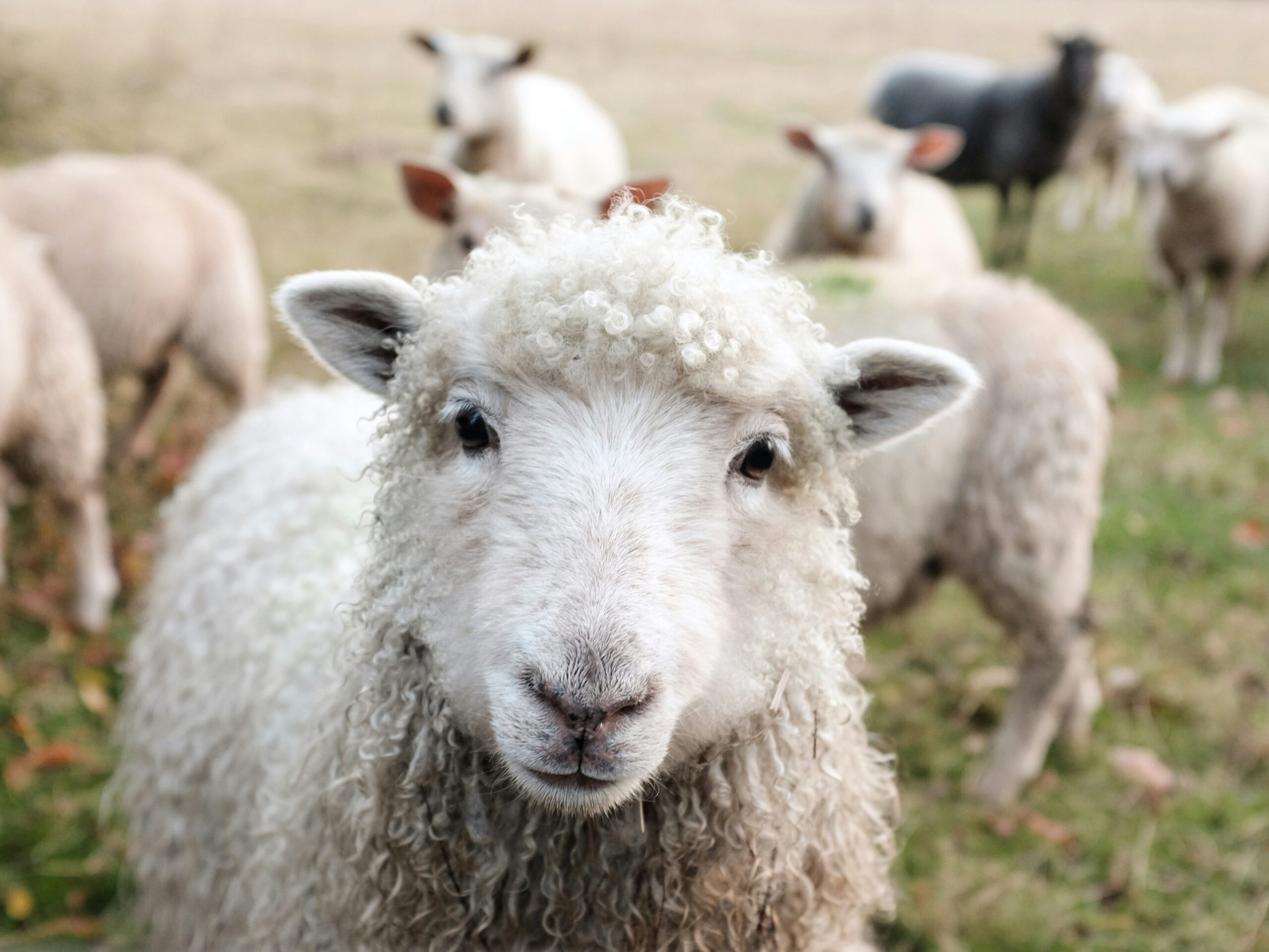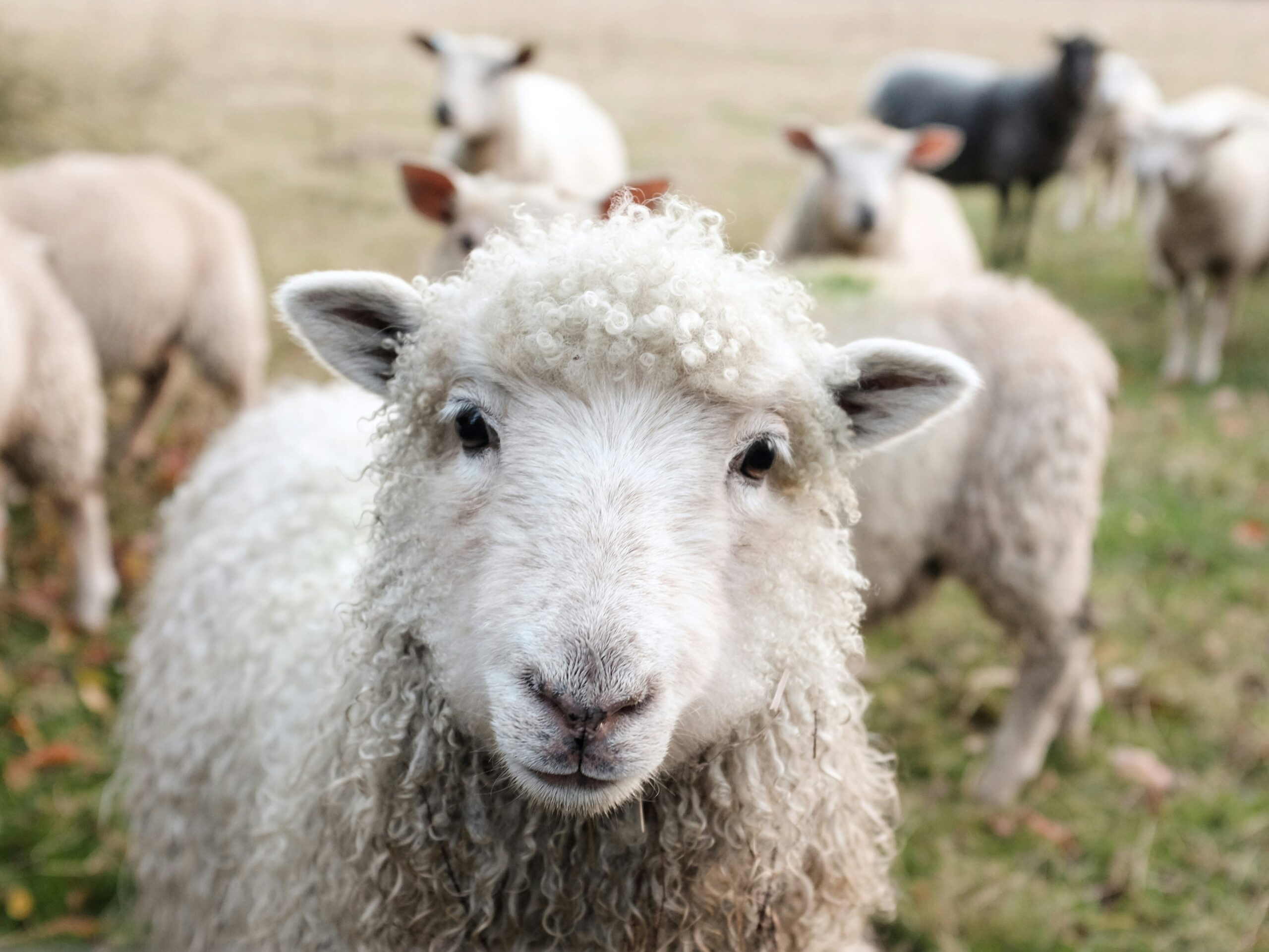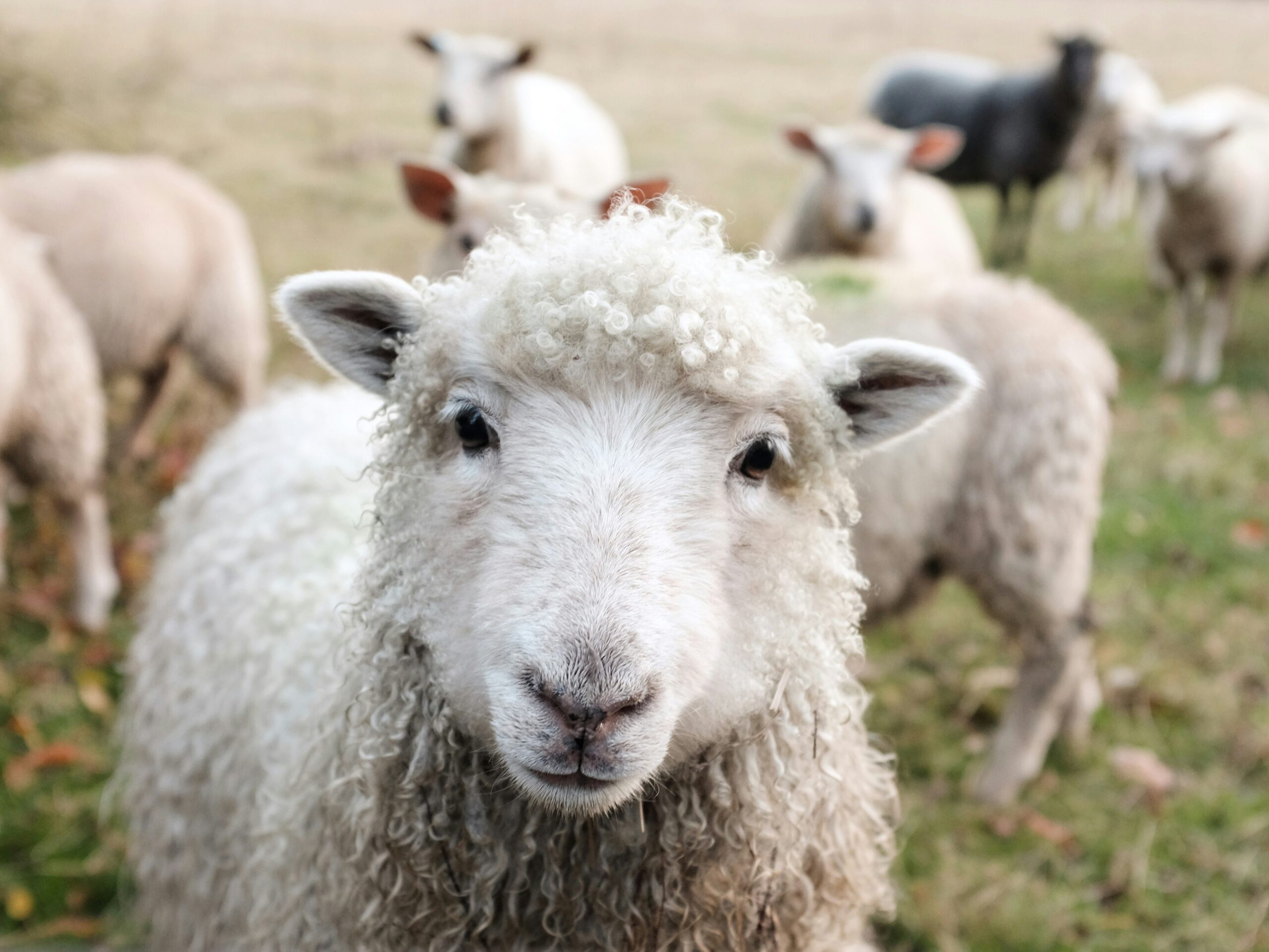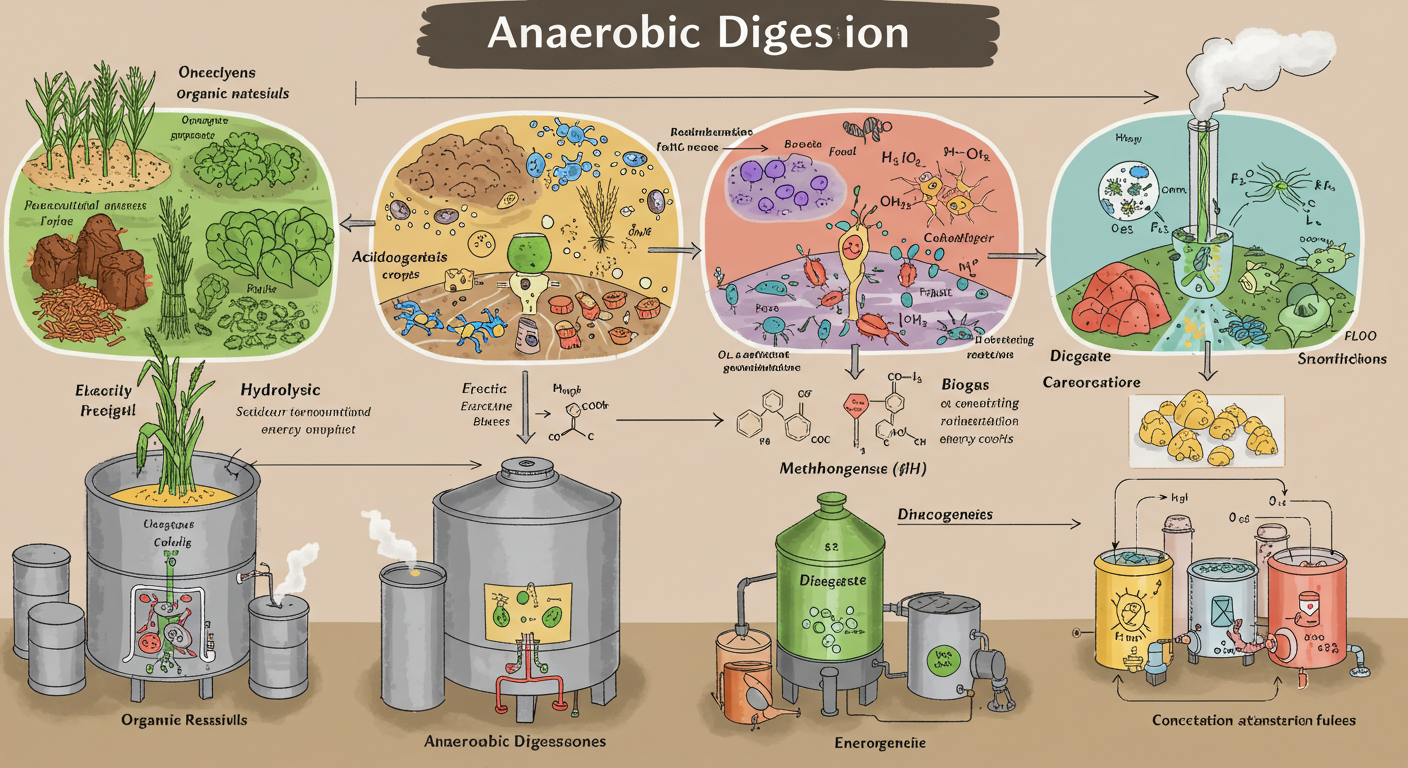Introduction to Farm Brochures Farm brochures serve as vital marketing tools for local farms, acting as tangible representations of agricultural businesses and their offerings. These printed materials are designed to convey essential information about the farm, including products, services, practices, and values. By presenting this information in a visually appealing manner, farm brochures not only pique the interest of potential customers but also help to establish a connection between the farm and the community it serves. The significance of farm brochures extends beyond mere advertisement. They play a crucial role in promoting awareness of local agriculture and fostering relationships with surrounding businesses and community centers. A well-crafted brochure can effectively highlight unique selling propositions of the farm, such as organic practices, community-supported agriculture (CSA) programs, or participation in farmers’ markets. This visibility is essential for local businesses that aim to source fresh and locally grown produce, thus enhancing the overall sustainability of the local economy. Moreover, farm brochures can substantially bolster community support for agricultural initiatives. They not only inform residents about available resources but also invite them to engage with local farming activities, events, and educational programs. Collaborating with local businesses and organizations through brochure distribution can create synergy, further enhancing the visibility of both the farm and the associated businesses. Such partnerships often lead to increased foot traffic, improved sales, and a stronger sense of community focused on local food production. Ultimately, the successful deployment of farm brochures can lead to meaningful engagement with the local populace, increasing awareness of the importance of supporting local agriculture while driving farm sales. By incorporating clear calls to action and directing readers on how to support or purchase from the farm, these brochures become not merely informative but transformative in the promotion of agricultural sustainability. Identifying Your Target Audience Understanding your target audience is a crucial element when creating and distributing a farm brochure. The process begins with identifying who would benefit most from the information presented in the brochure. In this context, local businesses, community centers, and various stakeholders require special consideration, as they play a significant role in promoting and supporting local agriculture. To effectively target your audience, it is beneficial to segment them based on their interests, demographics, and needs. Start by researching local retail establishments that source products from nearby farms. Grocery stores, restaurants, and farmers’ markets often seek fresh produce, dairy, or other farm-related products to offer their customers. Engage with these businesses to understand their specific needs and preferences, allowing you to tailor your brochure’s content accordingly. Community centers and organizations that focus on health and wellness programs represent another vital audience segment. These institutions frequently promote local produce as part of their health initiatives, making them ideal partners for distributing farm brochures. Networking within these spheres may reveal collaboration opportunities, such as hosting farm-to-table events, which can further enhance the reach of your brochure. Additionally, consider utilizing online tools and social media to gather insights about your target audience. Analyzing demographic data and engagement metrics on various platforms can help you identify trends and interests that align with your farm’s offerings. Surveys, focus groups, or community meetings are also effective ways to understand the needs of your audience. By segmenting your target market and refining your approach based on research, you can create a tailored farm brochure that resonates with your intended recipients. Designing Your Farm Brochure When it comes to creating an effective farm brochure, a well-thought-out design is fundamental in capturing the attention of your target audience. The layout of the brochure should be both visually appealing and easy to navigate. Consider using a tri-fold or bi-fold design, which allows for clear organization of content. Each panel can be designated for specific information, ensuring that potential customers can quickly find what they need. Colors play a significant role in the design of your farm brochure. Utilizing earthy tones like greens, browns, and yellows can evoke feelings of nature and agriculture, aligning your brochure’s aesthetics with the farm’s theme. Consistent branding is also crucial; use your farm’s logo and ensure that fonts and color schemes are in harmony with your brand identity. This cohesion fosters recognition and builds trust among your audience. Imagery should not be overlooked, as high-quality photographs of your farm, products, or events can significantly enhance the brochure’s appeal. Choose images that resonate with your audience and depict the essence of your farm, such as scenic landscapes or close-ups of fresh produce. Visuals not only attract attention but can also convey messages more effectively than text alone. Incorporating essential information is vital; make sure to include details about your farm’s offerings, location, business hours, and contact details. Clear and compelling calls to action should be strategically placed throughout the brochure. Encourage readers to visit your farm or contact you for more information. By integrating these elements thoughtfully, your farm brochure will be both engaging and informative, serving as a valuable tool for promoting your local business. Content Creation for Your Brochure When crafting content for your farm brochure, it is critical to prioritize clarity and conciseness in your language. Clear communication helps to convey your message effectively, ensuring that potential customers or community members can quickly grasp the benefits of your offerings. Employing straightforward language avoids confusion and makes your brochure accessible to a broader audience, which is especially important in a community-focused initiative. Storytelling techniques can enhance the emotional appeal of your brochure. Sharing narratives about your farm’s history, daily operations, or special events cultivates a stronger connection with your audience. Consider incorporating anecdotes about local produce or the people behind the farm. These stories can create a vivid image of your farm’s atmosphere and ethos, making it more relatable and memorable for your readers. Highlighting your unique selling points (USPs) is essential in creating a compelling value proposition. Determine what sets your farm apart from others—such as organic farming practices, seasonal products, community-supported agriculture programs, or educational opportunities. These aspects should be prominently featured to attract interest
- +260-76-459-8985
- mupunduenergy@mdware.co.uk
- Plot No. 2344, Lelayi LSK, ZM













